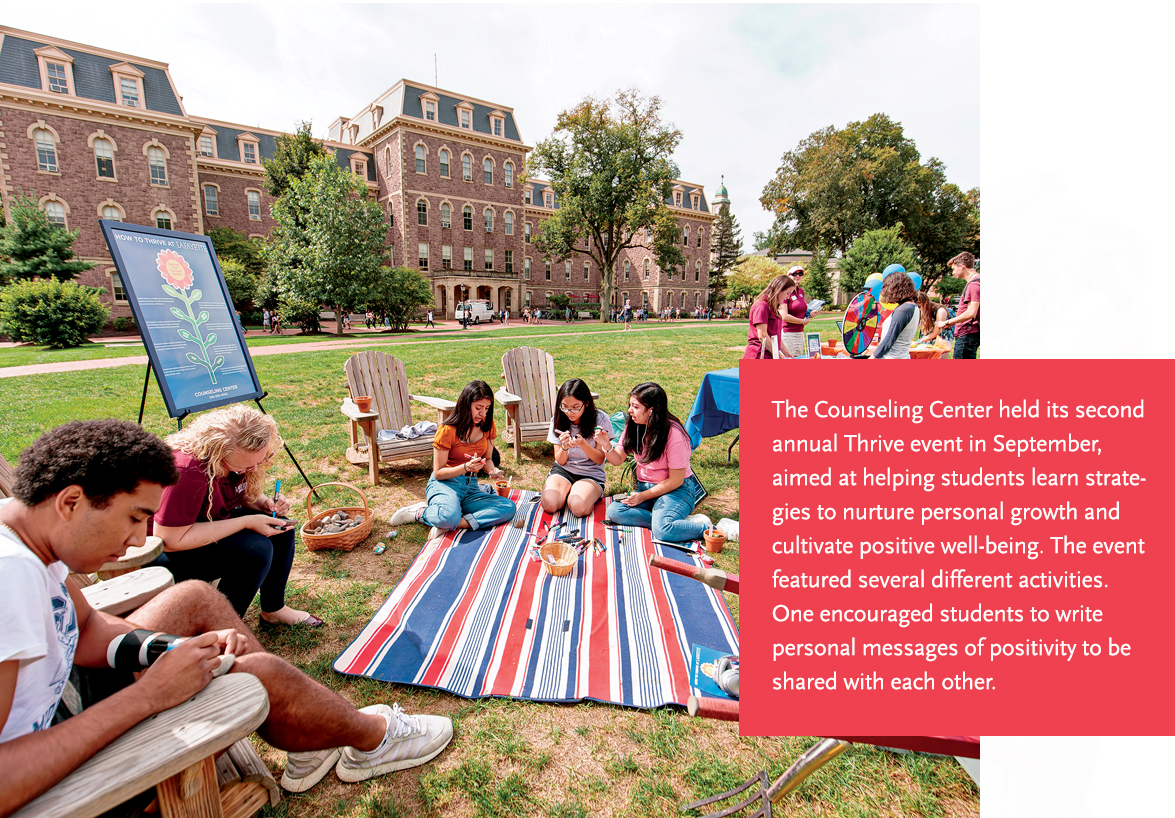
Mental Health: How the College is Addressing National Trend
Dad’s convinced he’s timed it perfectly so that you’ll arrive on campus just after the first wave of students who live closer to the College than your five-hour journey. He’s even accounted for the potential slowdown on the 490.
The SUV is swollen with your life … your parents who grow sappier by the mile, an inconvenienced sibling, and you. Packed above, between, below you are the suitcases, lacrosse gear, shower caddy, pictures of friends back home, and the memory foam mattress topper you begged for from the “ultimate” college packing site.
Smiling orientation leaders and linebacker-sized movers, all in Leopard gear, greet you at your car, and in minutes what took days to pack is stacked on the left side of a double in Ruef.
Students were asked:
How do you care for your mental health?
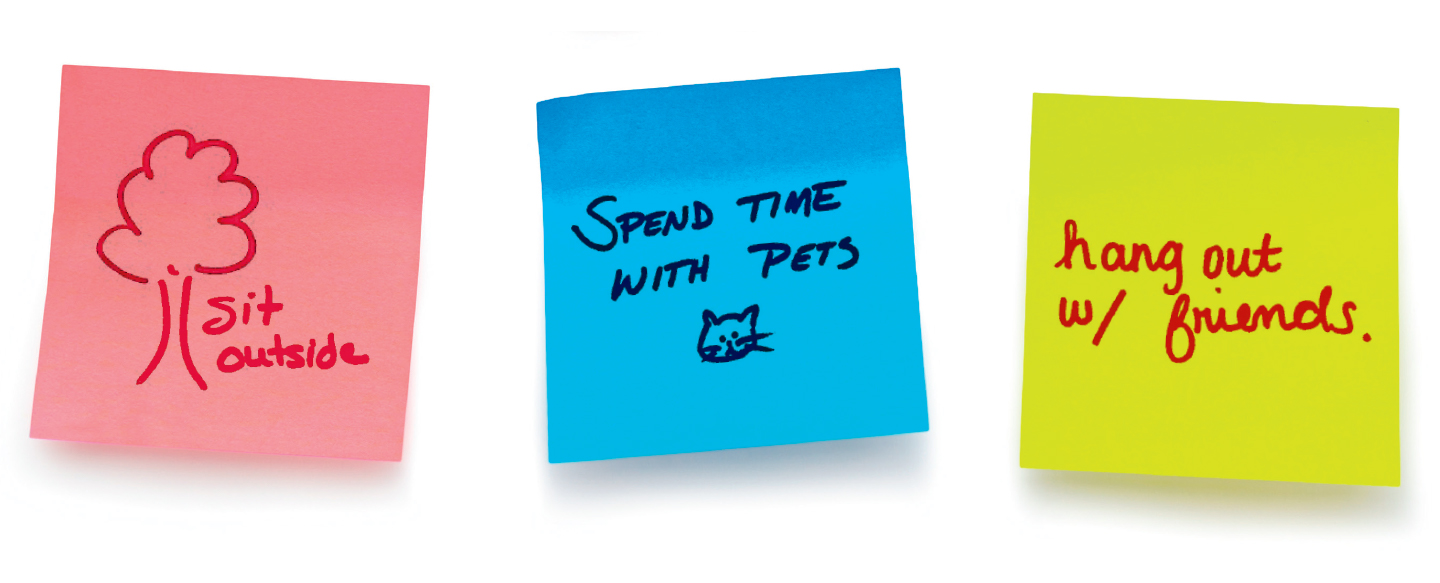
What follows includes introductions, unpacking, arranging, walking around, trying to eat despite the butterflies, meeting a roommate, another trip to the bookstore, some pomp and circumstance, and then those final hugs goodbye.
When night falls, it’s you in this new place with all that you brought.
More than the stuff. More than the memories. More than the ambitions. Packed in there is the small but persistent voice of worry, a voice you hoped to leave behind, but it seems somehow to sneak up anytime you’re uncertain.
While we all can hear that voice at various times in our lives, it seems that young adults coming to college are navigating that voice of uncertainty more often than previous generations.
Anxiety, depression, and stress are the most prevalent concerns that students bring to college counseling centers according to Penn State’s Center for Collegiate Mental Health (CCMH), a member-driven practice research network where Lafayette is an affiliated counseling center.
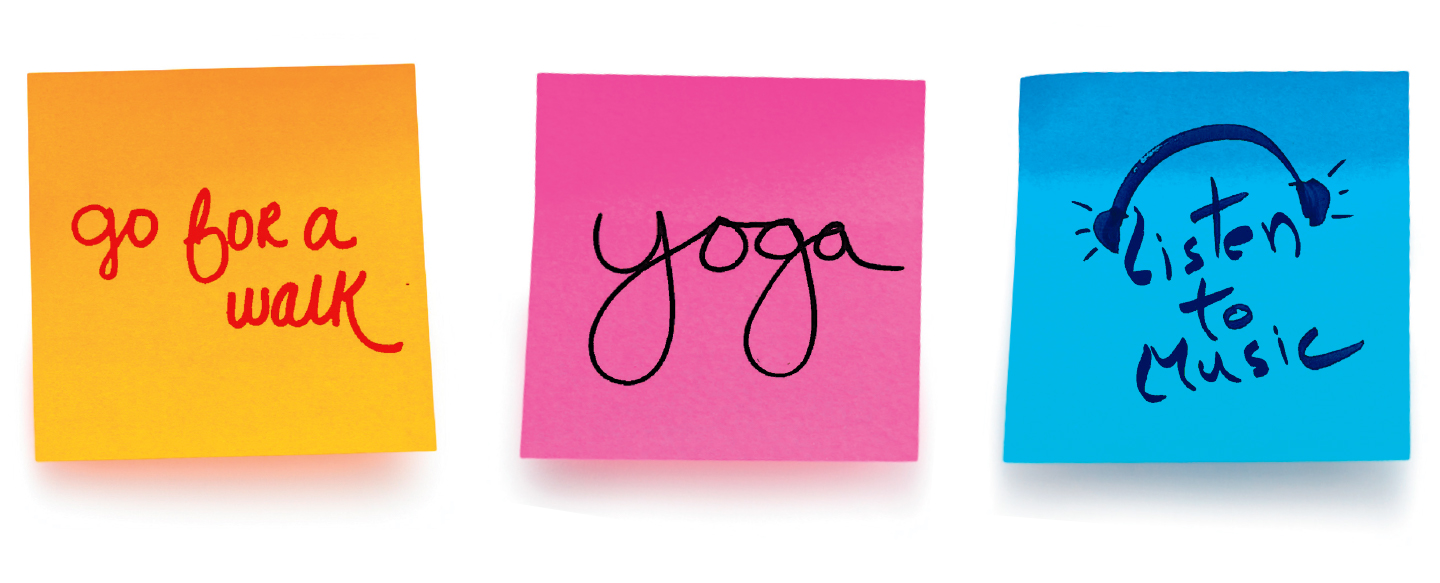 Each year member centers report their data to help track mental health trends across campuses. What the data reveal can shock:
Each year member centers report their data to help track mental health trends across campuses. What the data reveal can shock:
- In 2015 “counseling center utilization increased by an average of 30%-40% while enrollment increased by only 5%.”
- In 2016 “counseling center resources devoted to rapid access services increased by 28% on average over the past six years.”
- In 2018 “self-reported lifetime prevalence rates of ‘threat-to-self’ characteristics (non-suicidal self-injury, 27.8%; serious suicidal ideation, 35.8%; and suicide attempts, 10.3%) increased for the eighth year in a row among students receiving counseling services.”
The question for many is why?
For Melissa Garrison, director of the counseling center, that question begs a complex answer. “It’s difficult to pinpoint,” she says. “There are several factors that may play a role including decreased stigma and increased awareness.”
The College has been working to understand those variables and create ways to support students in need.
Factors at Hand: Ending Stigma
For over 15 years mental health advocates and groups have worked to end the stigma associated with treatment.
The Healthy Minds Study (HMS), an annual survey of the mental health of undergraduate and graduate students, reports that 37% of students struggle with moderate to major depression while 31% have an anxiety disorder.
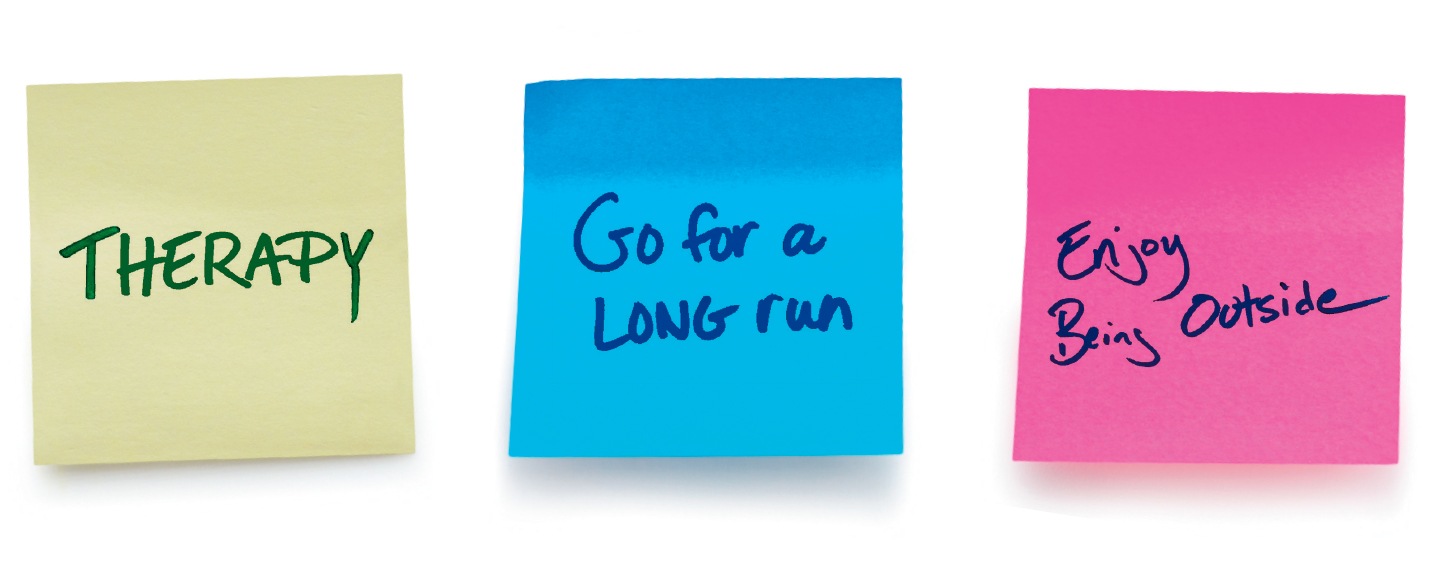
Yet in that same data only 6% of students agreed with this statement: I would think less of someone who has received mental health treatment.
“We have been encouraging students for years to seek help and not struggle alone,” says Garrison. “Young people have heard that message and are doing what we asked them to.”
Carlos Tavares agrees. The assistant professor of anthropology and sociology specializes in physical and mental health in disadvantaged groups.
“The medicalization of society in general has created more willingness for people to seek help with the exception of minority groups where the lack of access and patient-provider trust lowers medical utilization rates,” he says. “For most people what once would be seen as a form of deviance or a religious issue, like a person being possessed, is now seen as a medical problem that has numerous medical solutions. It helps that people have become more open about it as well.”
That openness hasn’t yet eliminated the fear of being judged.
In the same HMS survey, 47% agreed with this public perception statement: Most people would think less of someone who has received mental health treatment.
This is one of the contradictions that can be a barrier to seeking help. Students may recognize they need help, but they may not want others to know, isolating them from supportive networks.
This contradiction might come at a cost in a competitive marketplace. Young people can put great stock in excelling early on. It is part of the competition ethos that feeds our society. For many students, pressure is tremendous at elite schools.
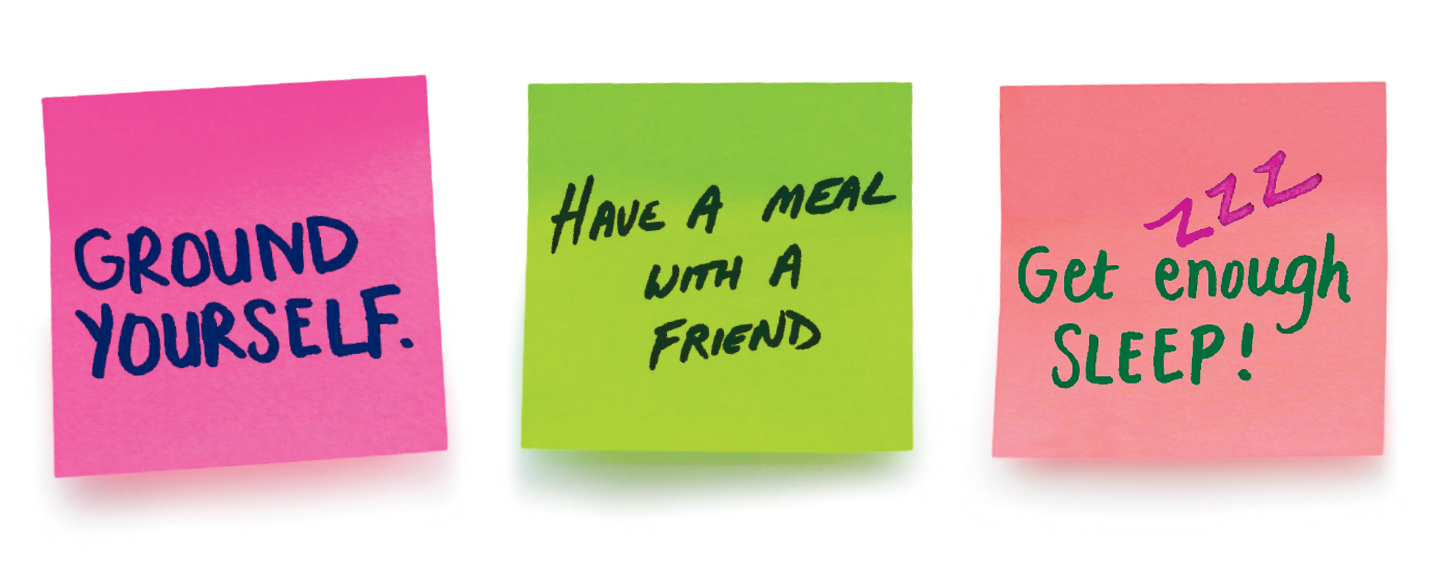 Companies have noticed it. In fact, two major banks, JP Morgan Chase and Goldman Sachs, announced in November 2018 they would no longer offer internships to sophomores.
Companies have noticed it. In fact, two major banks, JP Morgan Chase and Goldman Sachs, announced in November 2018 they would no longer offer internships to sophomores.
Many sophomores have yet to learn concepts they need for those positions. The banks decided that interviewing them for intern positions they wouldn’t hold until summer before their senior years caused too much anxiety.
Factor: Anxiety & Fatigue
Young adults whose brains are still developing are prone to anxiety.
According to Yale researchers, the teenage brain is in flux, rapidly growing and changing. The section of the brain that governs emotion develops more slowly, making young adults more vulnerable to stress and worry.
“Students are in a new stage of life where they are balancing their own biological, psychological, and sociocultural development along with discovering the capabilities and aptitudes that will shape their futures,” says Susan Wenze, assistant professor of psychology.
“They are developing ways to be resilient while navigating a shift in expectations and autonomy,” she says. “There is a degree of uncertainty that comes with all of this that can increase pressures.”
Those pressures and autonomy can lead to fatigue. For many students, this is the first time they are learning to balance their own lives and schedules, and looking forward as they plan for their futures. When juggling classes, practice, a social schedule, extracurriculars, and career planning, something has to give. That’s usually sleep.
Poor sleep hygiene can aggravate anxiety. Students often claim fatigue but at the same time pride themselves on long to-do lists and big plans.
“I say this tongue in cheek, but capitalism is making students tired,” says Christopher Lee, associate professor of history. His latest book, Jet Lag, focuses on the paradoxical relationship we have with technology—how it makes our lives easier and brings with it negative effects.
 “Students are competing for grades and well-rounded experiences. They stay up late and work hard to be a better version of themselves. I credit them for taking the idea of college to heart, but they can exhaust themselves,” Lee says.
“Students are competing for grades and well-rounded experiences. They stay up late and work hard to be a better version of themselves. I credit them for taking the idea of college to heart, but they can exhaust themselves,” Lee says.
“Students are busy with social clubs, sports, and activities as they feel the pressure to be active citizens and build résumés,” he says. “But technology doesn’t help.”
Factor: Technology
Lee thinks students, and all of us for that matter, underestimate how technology keeps us in a general state of alertness.
“We are consulting our phones at all hours, and the blue light of the screen disrupts our biological clock,” he says. “Technology exhausts us.”
Such fatigue may tax mental health or exacerbate issues for those who struggle, but what seems to drive students into the doldrums is social media.
In the December edition of Journal of Social and Clinical Psychology, new findings from a University of Pennsylvania study showed the first causal link between time spent on platforms, like Facebook, Snapchat, and Instagram, and a sense of anxiety, longing, depression, and loneliness.
According to the American Psychological Association’s (APA) annual Stress in America survey, Generation Z turns to social media for support. About 50% feel supported through social media while the same number also feel judged. Nearly 38% feel bad about themselves as a result of social media use.
Contradictions like these abide in the social space. Consider Gen Z’s use of Instagram where they may have “finsta” and “rinsta” accounts, short for fake and real. The real shows the artificial ideal while the fake is more unfiltered. What the world of family and friends see in a rinsta may be very different from what is posted in a finsta.
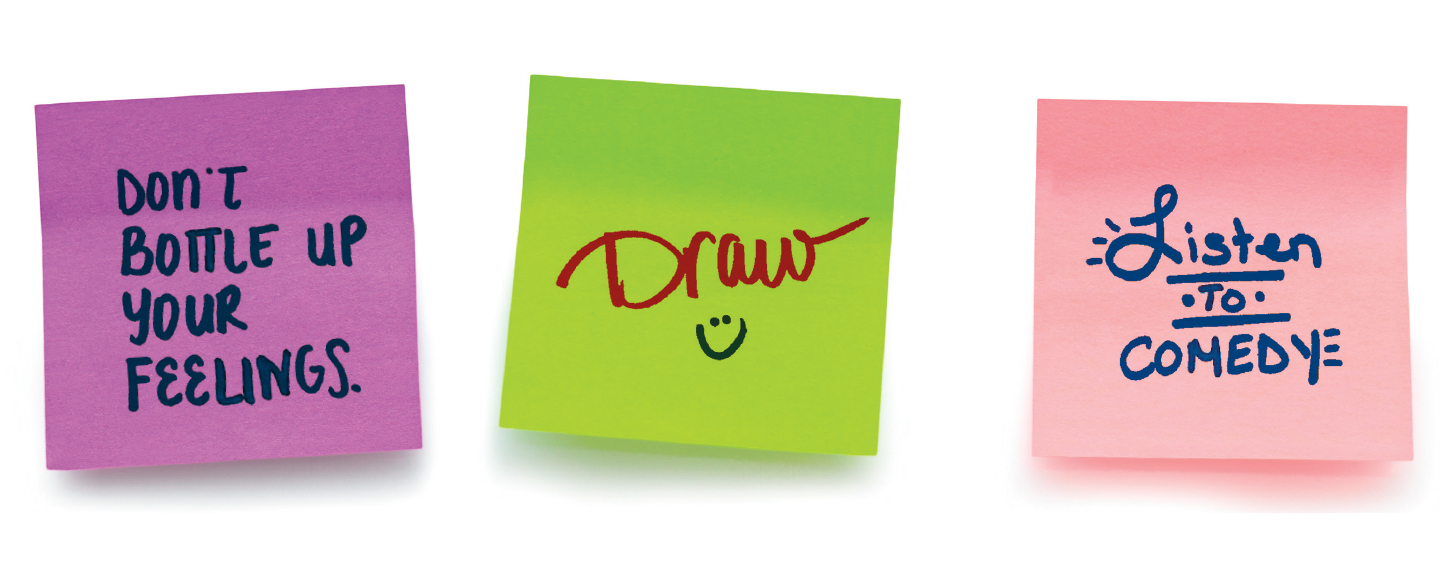
“‘Live your best life’ is the image students depict in social media,” says Tavares. “Students are less likely to show something less than the best.”
What makes it worse is how intoxicating “likes” can be, spiking our pleasure centers and thus pushing us to get more likes and check back often to see how posts are performing. But such popularity is not sustainable in each and every post. Trending down can increase our frowns.
Sadly, this is a generation used to bad news.
Factor: Hard World
They grew up in the face of regular tragedy: 9/11, conflicts in Afghanistan and Iraq, and a housing market crash that spurred a great recession. Living through such uncertainty can create worry. Witnessing the impact of these events in their own homes doesn’t help.
Add to this the constant stream of news available in push notifications, Twitter feeds, and streaming broadcasts and stations.
The APA’s stress survey indicates that Gen Z is more stressed about issues in the national news, including mass shootings, suicide rates, global warming, deportation, and sexual harassment. The world to them can feel unsafe.
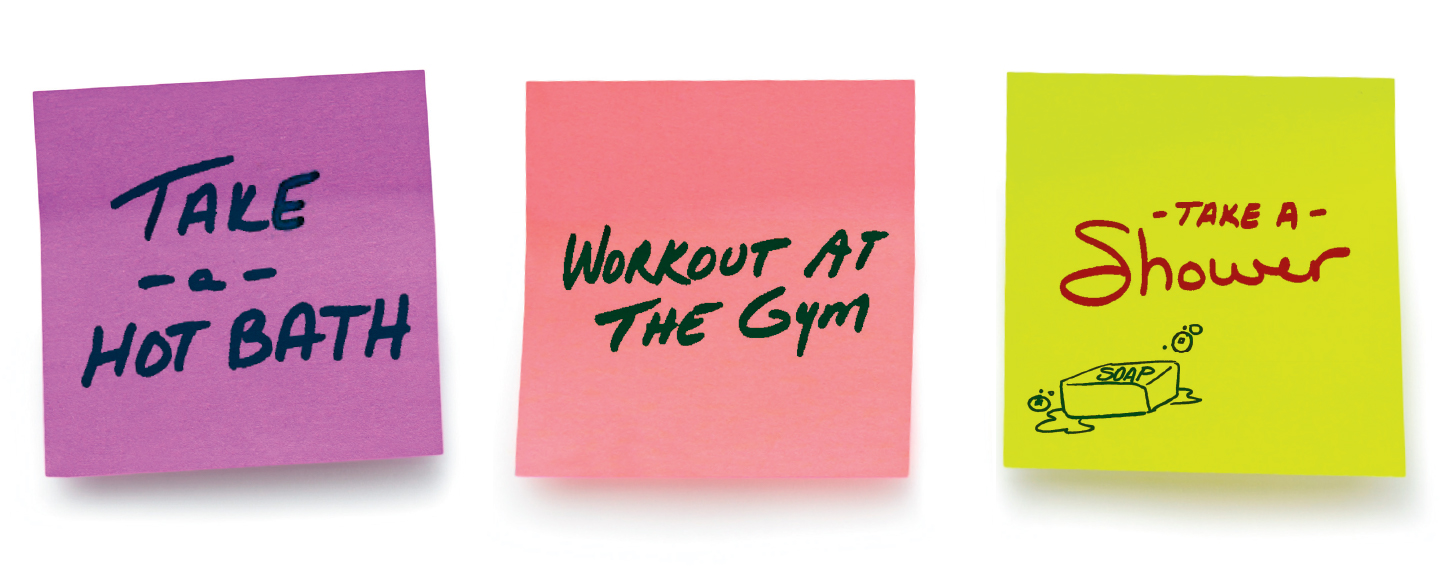 This trend gave rise to “helicopter parents.” While most parents work to help ease their children’s worries, parents of children who grew up in this time became more involved at removing obstacles from their paths.
This trend gave rise to “helicopter parents.” While most parents work to help ease their children’s worries, parents of children who grew up in this time became more involved at removing obstacles from their paths.
Some say this has made students ill-equipped to handle the stress and pressure both of major issues and minor occurrences.
All these factors—stigmatizing mental illness, competition, sleep deprivation, mobile phones, social media, cultural tragedies, steady stream of bad news, and overprotective parents—are compounded for diverse students, according to Tavares.
Whether in the form of race, class, gender, ethnicity, or sexuality, diverse students are facing higher stakes.
Consider the cost of attending college for a working-class family—student anxiety can increase as well as parental pressure. Consider the microaggressions faced by students of color on a predominately white campus—student loneliness can increase. Consider the pressure on international students—cultural isolation is common as well as cultural pressure to succeed.
Colleges Respond
The counseling center on campus has followed the national trend: a 25% increase in demand for services over the last three years.
Garrison and others who are on the front lines of addressing challenges students face are working to expand the conversation. “We are encouraging more nuanced discussions about common human experiences—feeling lonely, anxious, fearful—with an emphasis on building a supportive, connected community. If we only examine this from a framework of pathology, we increase isolation and limit help from those who might view themselves as sources of support. Instead, we want to leverage the abundance of resources available in our Lafayette community. Connection is prevention.”
Lafayette, like colleges across the country, has had to add resources—both people and programs—to meet student needs.

LiveWell Lafayette is an initiative to create workshops, events, and programs “that inspire students to learn about and practice living well.”
The program launched in early 2017 when then Dean of Students Paul McLoughlin II reimagined an alcohol and other drugs position in order to take a more proactive approach to general wellness. The position revision was also partly in response to the increase in demand at the counseling center.
Following the eight dimensions of wellness created by the Substance Abuse and Mental Health Services Administration (SAMHSA), LiveWell focuses on activities that build emotional, environmental, intellectual, professional, physical, social, spiritual, and financial wellness.
When stress in one area increases, a domino effect can topple wellness in other areas, according to Alissa Vreeland, student wellness and support coordinator. Being mindful of the health of each area matters, especially when young adults may lack the capacity to find positive coping mechanisms.
“Work hard, party hard” is not the mantra any college seeks, but it can be a common coping mechanism, especially for students predisposed to addiction whether it be alcohol, drugs, food, or sex.
LiveWell is an alternative. Twenty peer advisers help students complete a wellness self-inventory, develop healthy habits, and bring events to campus.
“Each academic month, the LiveWell advisers develop programming centered around one of the eight dimensions,” says Vreeland. “They can talk about what their peers are experiencing, like battling perfectionism or feeling imposter syndrome.”
“Students at Lafayette genuinely care about each other,” says Jenn Dize, assistant dean of students.
That network of care helps immensely. Dize chairs and Vreeland sits on the Student Support and Intervention Team. They are two of many people from across campus who work to support students in a holistic manner.
Any member of the Lafayette community can complete a Student of Concern form. Student leaders, like resident assistants, sport team captains, and orientation leaders, are trained to pay attention and take a proactive approach in spotting concerns.
“We want students to practice self-care and notice when they feel off or are reaching a breaking point,” says Dize.
“Those thresholds can vary in people,” says Vreeland. “What some might think is manageable might be a breaking point for others. Subjective realities are different from an awareness of totalities.”
A caring community and best intentions drive use of the Student of Concern form, and it is being used. Lots.
A high number of submissions necessitated some new formats and protocols to help ensure immediate intervention.
When an online form comes in, case managers reach out to students, listen to their concerns, and help direct them to support. A team including representatives from the offices of Academic Advising and Co-curricular Programming, the Dean of Students, Residence Life, Intercultural Development, Student Support and Wellness, and the Health and Counseling Centers discusses referrals.
The counseling center launched a prevention campaign called Be There, which promotes connection by training the campus community to recognize and reach out to students in distress. The counseling center facilitated Be There trainings with more than 300 student leaders on campus this fall.
Students across the community have activated.
Community Caring
Following a student’s death by suicide, Hope Gernert ’19 began talking with the chaplain. That discussion grew into a support group. From there the support group became the Mental Health Coalition.
Gernert met Sophia Giovanelli ’20 at that support group. She too had recently experienced a loss. She and Gernert sought more response from their peers around the issue of mental health.
“We wanted to start something to address the lack of knowledge around mental health,” says Gernert. “How might we educate people on campus to recognize and respond to a changing mental health landscape?”
The Mental Health Coalition is not formally associated with the College.
“Student Government association can put limits on fundraising and on dates of programs,” says Giovanelli. “We wanted more independence in our programming and planning.”
Since its inception, the group has helped raise awareness and dollars through events. Its 5K run has brought in more than $3,000 over the last two years. On Random Acts of Kindness days, students deliver candy and a message of support to fellow students. There also are discussions around topics like the suicide-focused Netflix series 13 Reasons Why.
“It’s important for students to understand they are not helpless. There are opportunities, support, and people out there to help, and many ways to accomplish that help,” says Giovanelli. “There is no reason to tough it out.”
Another bold statement from students: The Class of 2018 designated its senior gift to the counseling center.
The center’s staff responded by saying, “Your gift is a powerful message that brings awareness to the vital importance of mental health and demonstrates your investment in the emotional well-being of future students.”
That impact already is being felt as the center used the gift to conduct a new program during Welcome Weeks: Thrive at Lafayette. Center staff host the event on the Quad to foster connection and promote practical strategies to nurture personal growth. Over 200 students attended where they adopted plants, engaged in mindfulness exercises, wrote about gratitude, picked up self-care cards, and learned what it takes to thrive.

